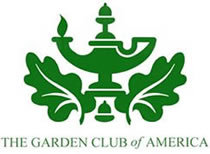The Garden Club of America Board of Associates Centennial Pollinator Fellowship
The 2026 grant cycle is now OPEN.
PURPOSE AND HISTORY
The Garden Club of America (GCA) Board of Associates Centennial Pollinator Fellowship provides funding to a current graduate student to study the causes of pollinator decline, in particular bees, bats, butterflies and moths, which could lead to potential solutions for their conservation and sustainability. The selection criteria are based on the technical merit of the proposed work and the degree to which the work is relevant to this objective.
Pollinators-bees, bats, butterflies and moths-help our prairies, gardens, orchards, blueberry barrens, farmers' fields and desert cacti reproduce and maintain genetic diversity. One-third of the food we eat has been fertilized by pollinators. An alarming decline in the number of pollinators in recent decades-through chemicals, diseases, mites, loss of habitat, and global climate change- has international repercussions.
The GCA Board of Associates Centennial Pollinator Fellowship was established in spring 2013 to facilitate independent research in this field. This fellowship was made possible by generous gifts given in honor of the GCA Centennial by members of the Board of Associates.
This fellowship's applications are administered and evaluated by Pollinator Partnership (P2).
PROVISIONS
The GCA Board of Associates Centennial Pollinator Fellowship annually funds one or more graduate students enrolled in U.S. institutions (scholar must be a US citizen or green card holder). Funding may vary in amount, but normally will be in the range of $4,000 for study and research that will advance the knowledge of pollinator science and increase the number of scientists in the field. A recipient may reapply for an additional year of funding.
RESEARCH CATEGORIES
The categories under which applicants may apply are:
Effects of nutrition, genetics, pesticides, pathogens, parasites and disease on pollinators
Pollinator habitat development, assessment or monitoring
Plant-pollinator interactions and pollination biology
Research that examines other aspects of pollinator health, including cutting-edge, original concepts
TERMS
Award: $4,000 Maximum
Only one GCA scholarship may be applied for annually. Applications are due January 17, 2026.
Please summarize your completed of ongoing field work/research in layman terms (250 words) providing common names associated with the scientific names by February 1, 2027.
Research excerpts (text and photos) may be published in GCA’s and P2’s publications and websites.
GCA fellow agrees to share research with members of the Garden Club of America.
HOW TO APPLY
- Submit applicant information including: contact information, bio, personal statement, photo, and resume
- Submit University information including GPA
- Submit Study Objectives including title, site, timeline, description, priority area, written proposal and budget.
- Three completed recommendation forms submitted by January 17, 2026. Please make sure that one of your references is from your faculty advisor. Please send the link to each of your references.
Email gca@pollinator.org with any questions.
APPLICATION FORMRECOMENDATION FORM
The Garden Club of America Board of Associates Centennial Pollinator 2025 Fellows

ASHLEY DARST
MICHIGAN STATE UNIVERSITY
Lethal and sublethal effects of three co-occurring pesticides on Monarch butterflies (Danaus plexippus)
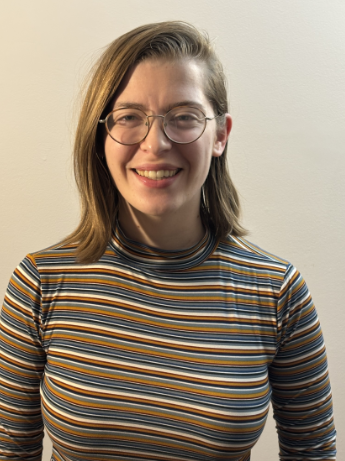
GRACE GUTIERREZ
UNIVERSITY OF MASSACHUSETTES - AMHERST
Pollinator Habitat Establishment and Invasive Species Management in Fish and Wildlife Service Refuge Units
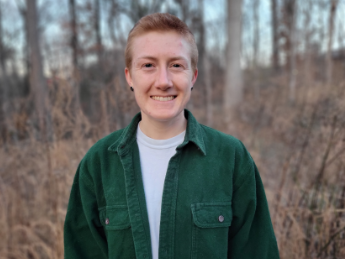
EMMA GREENLEE
KANSAS STATE UNIVERSITY
The effects of grazing management on plant-pollinator networks and bee nesting habitat
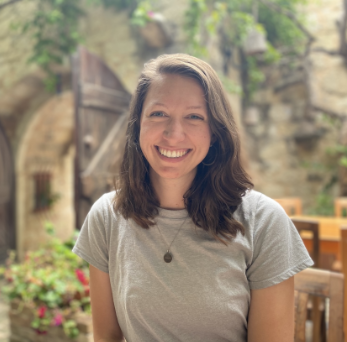
ANNA WEINBERG
UNIVERSITY OF ARIZONA
Uncovering cryptic transgenerational effects of neonicotinoids in a widespread butterfly pollinator
The Garden Club of America Board of Associates Centennial Pollinator 2024 Fellows
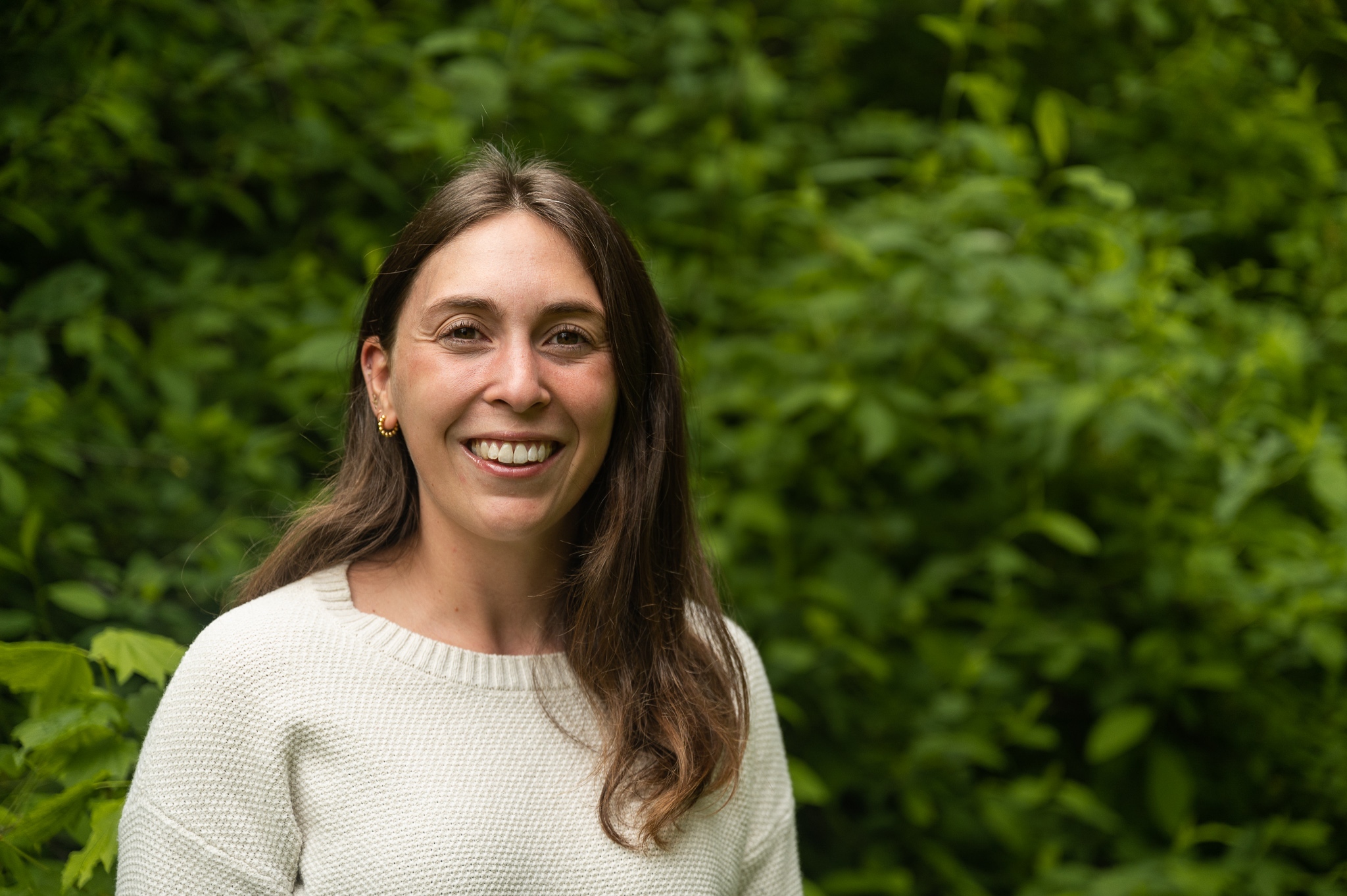
AUTUMN MAUST
THE UNIVERSITY OF WASHINGTON, SEATTLE
The effect of mixed severity wildfires on pollinator populations in eastern Washington
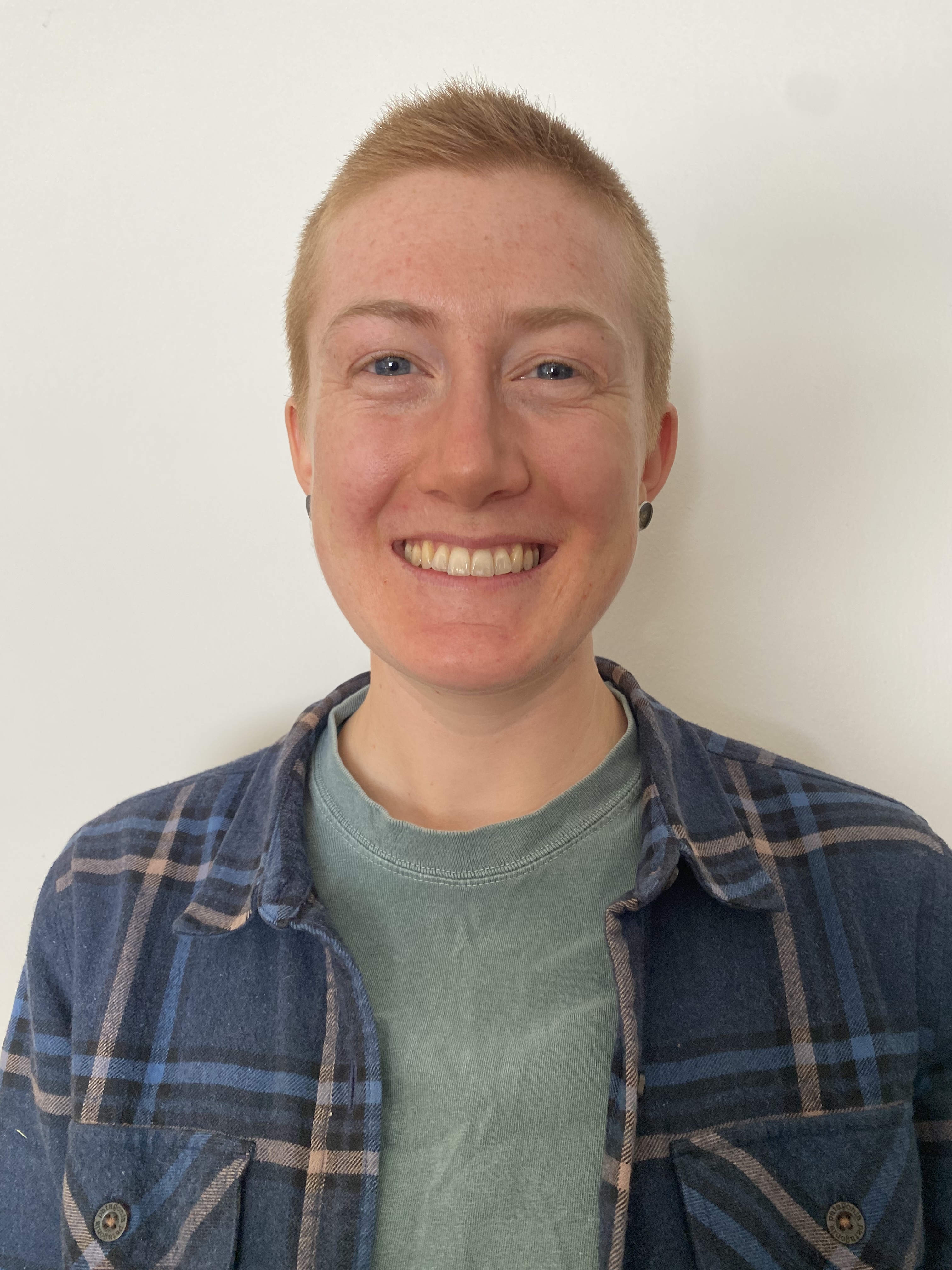
EMMA GREENLEE
KANSAS STATE UNIVERSITY
The effects of grazing management on plant-pollinator networks and bee nesting habitat
KATHERINE HULTING
MICHIGAN STATE UNIVERSITY
Habitat fragmentation effects on plant-pollinator networks
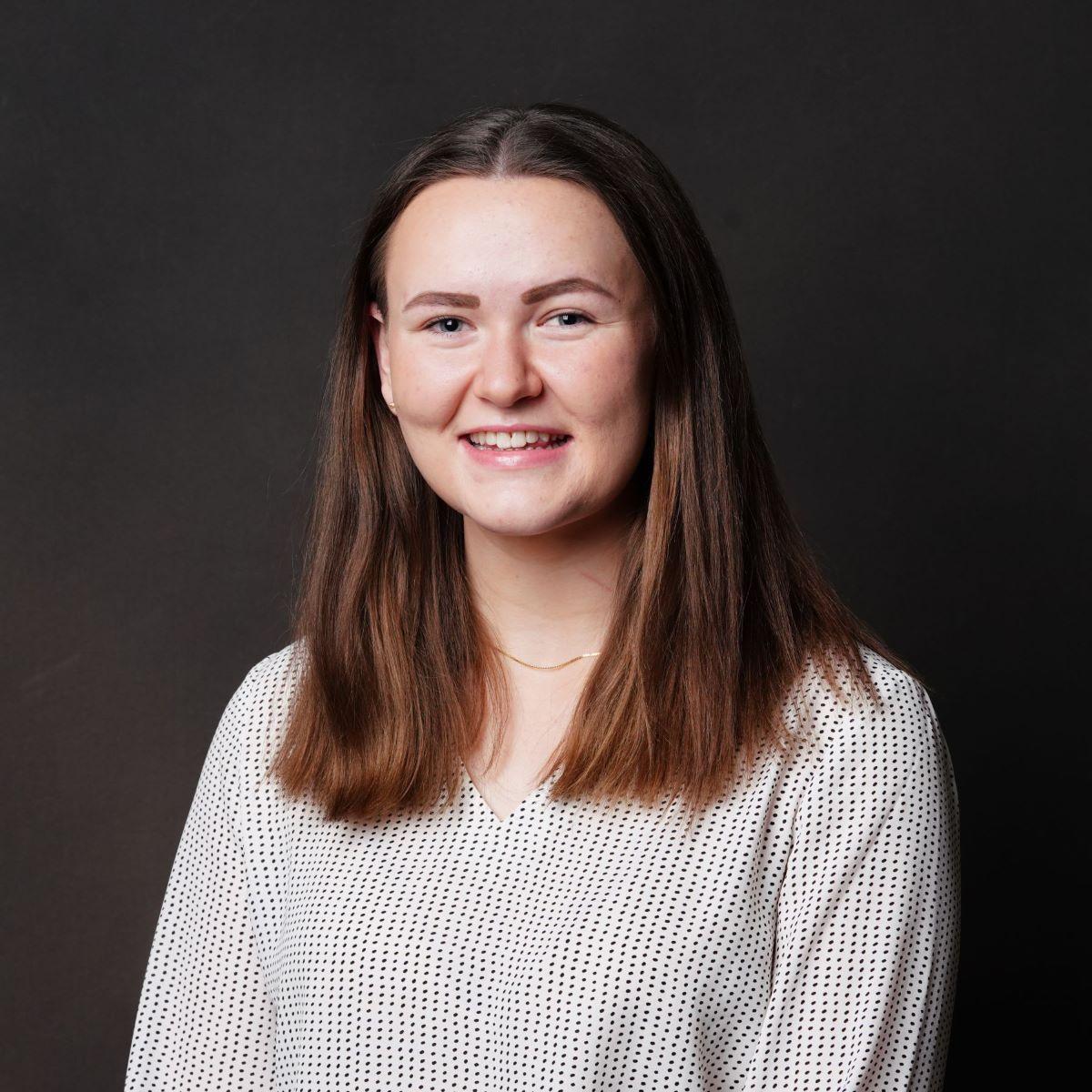
SAVANNA PLOESSL
UNIVERSITY OF KENTUCKY, LEXINGTON
Nutritional effects on development, behavior, and gene expression in sweat bees
The Garden Club of America Board of Associates Centennial Pollinator 2023 Fellows
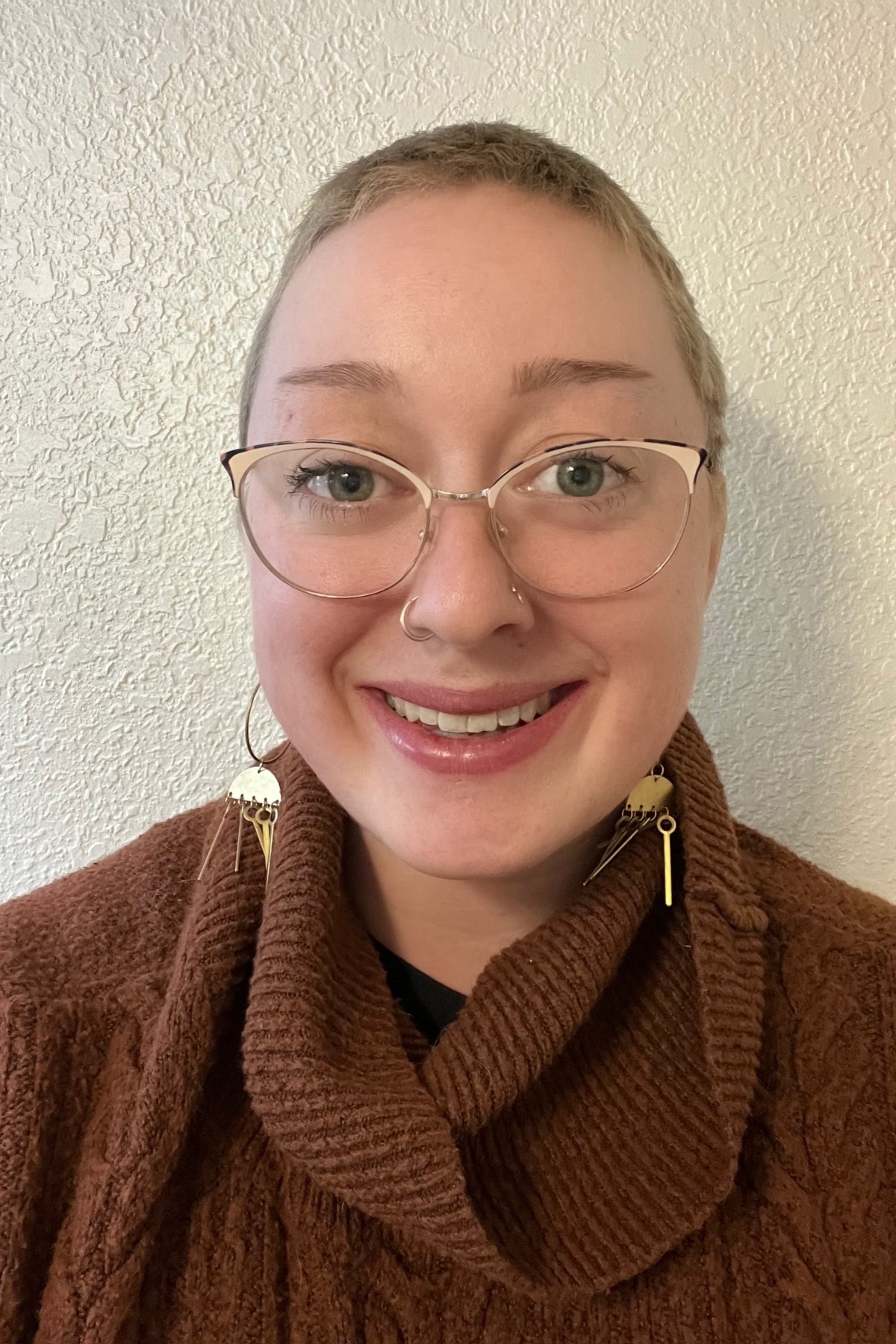
CAROLYN COYLE
COLORADO STATE UNIVERSITY
Songbirds as Novel Pollinators: Uncovering the role of Passerines in Pollination Systems across Western North America
AMBER FREDENBURG
OHIO STATE UNIVERSITY
Beyond blooms: Enhancing nesting resources for ground-nesting bee conservation
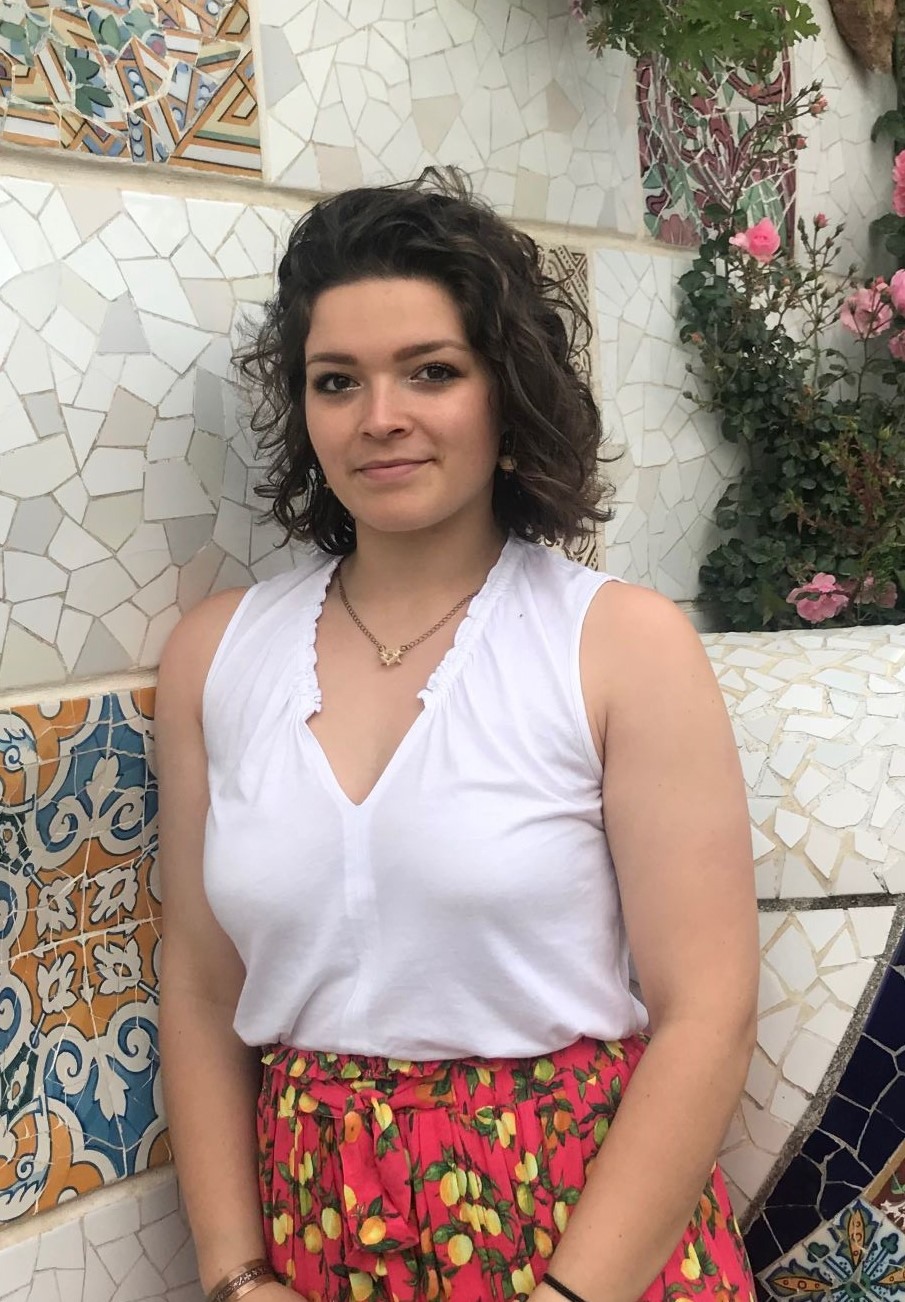
ELISE MCDONALD
UNIVERSITY OF GEORGIA
An Integrated Approach to Using Silviculture Management for Conserving Wild Bees in Managed Forests
The Garden Club of America Board of Associates Centennial Pollinator 2022 Fellows
Shannon M. Collins
UNIVERSITY OF NORTH TEXAS
What’s Bee-Low the Surface: Exploring Relationships Between the Soil Microbiome and Ground-Nesting Bee Communities
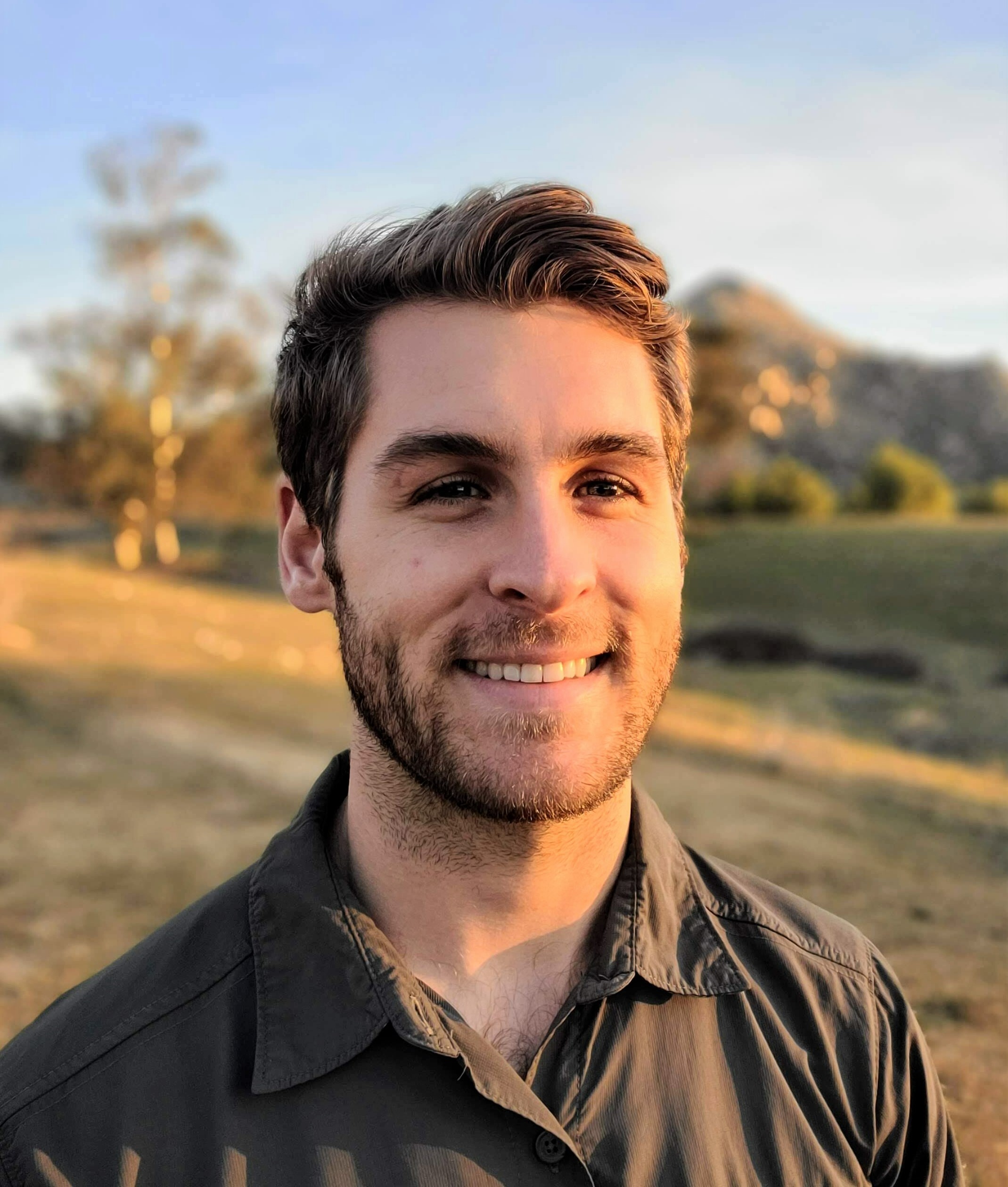
Christopher Cosma
UNIVERSITY OF CALIFORNIA, RIVERSIDE
Beyond the Yucca Moth: The Composition, Structure, and Climate Change Sensitivity of Moth Pollen-Transport Networks in the Southwest
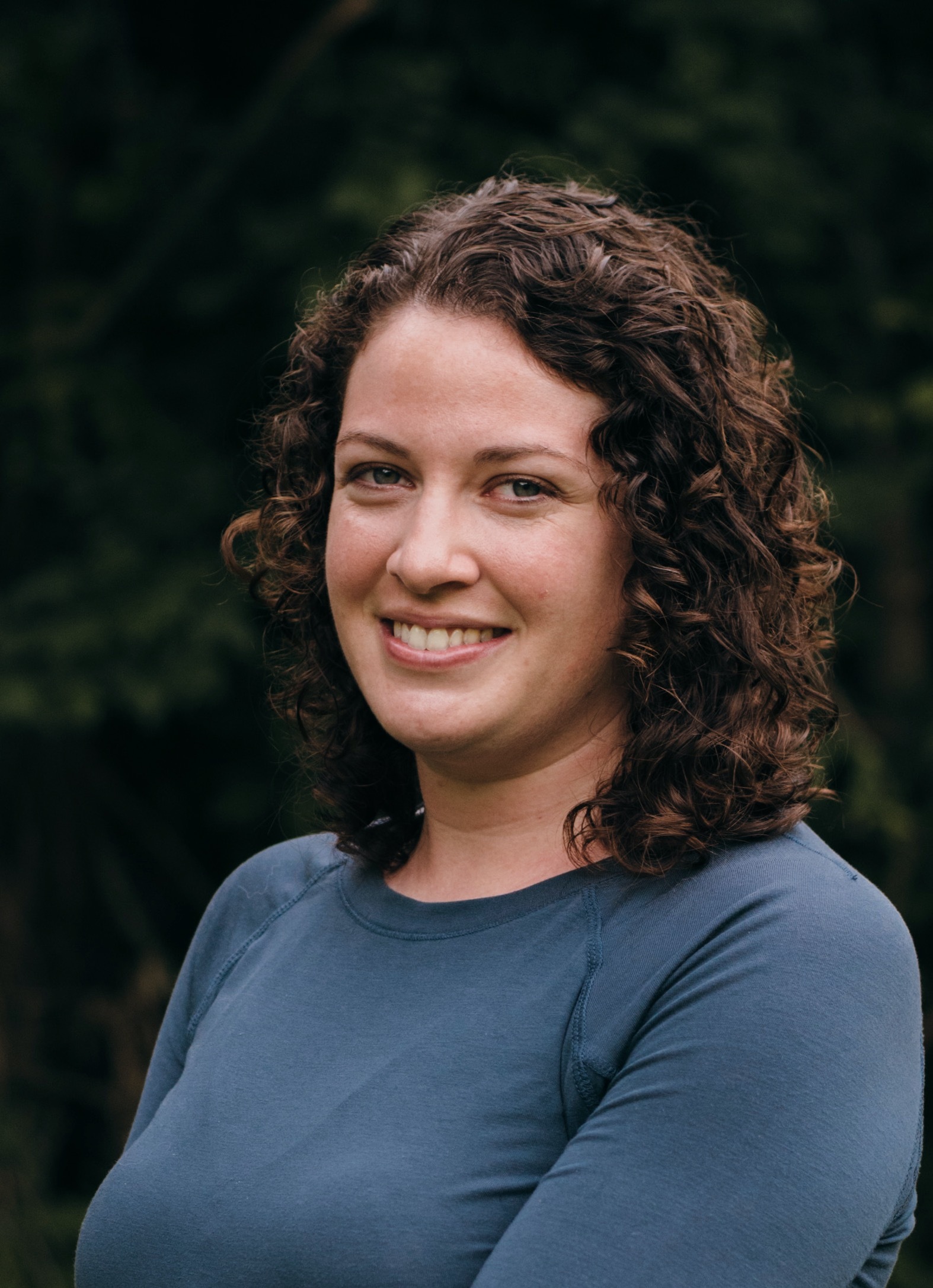
Adair F. McNear
UNIVERSITY OF NORTH CAROLINA CHAPEL HILL
Did the Pollinator Cross the Road?: Plant-Pollinator Ecology and Wildflower Population Connectivity in Roadside Verges of the Piedmont Region of North Carolina
The Garden Club of America Board of Associates Centennial Pollinator 2021 Fellows

Seanne Clemente
UNIVERSITY OF MASSACHUSETTS, AMHERST
Floral volatiles and pollinator self-medication: Implications for bee and plant fitness
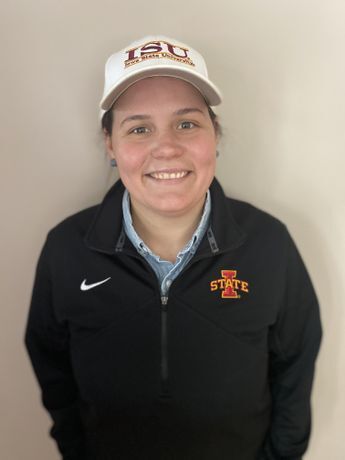
Maura Hall
IOWA STATE UNIVERSITY
Quantification of an agriculturally prevalent pyrethroid insecticide in honey bee bodies to determine risk to foraging bees
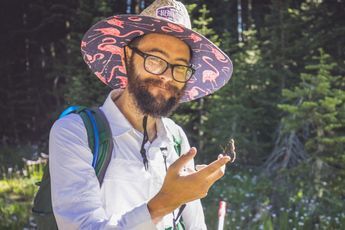
Christopher Halsch
UNIVERSITY OF NEVADA, RENO
The interactive effects of pesticide exposure and climate change on a widespread butterfly
The Garden Club of America Board of Associates Centennial Pollinator 2020 Fellows
Laura Lampe
CALIFORNIA STATE UNIVERITY, CHICO
Do alpine communities experience greater plant-pollinator phenological mismatch than lowland habitats?
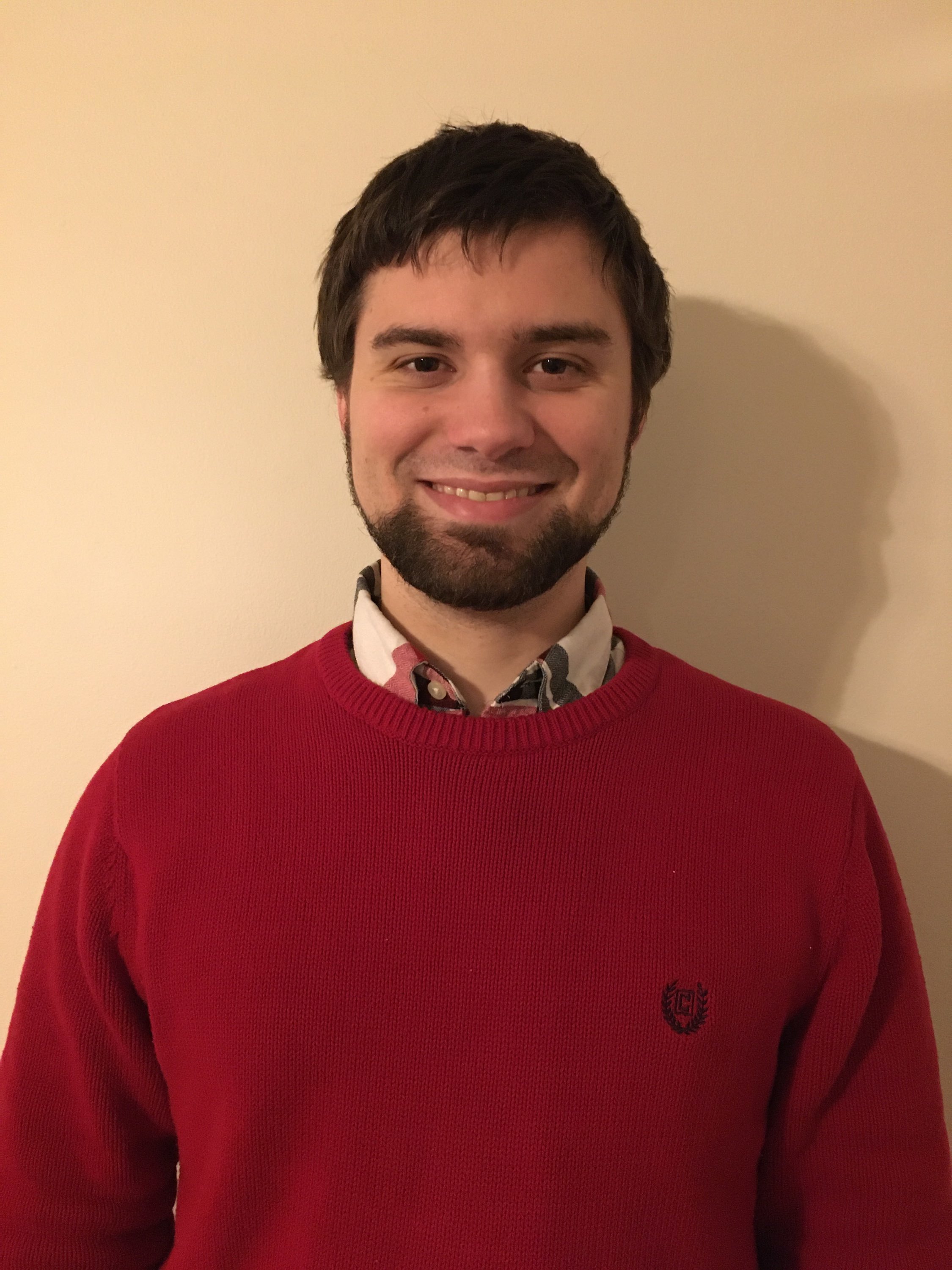
Logan Sauers
ILLINOIS STATE UNIVERSITY
A pollinator’s tiny friends: Investigating the role of microbial communities in the health of their pollinator hosts
The Garden Club of America Board of Associates Centennial Pollinator 2019 Fellows
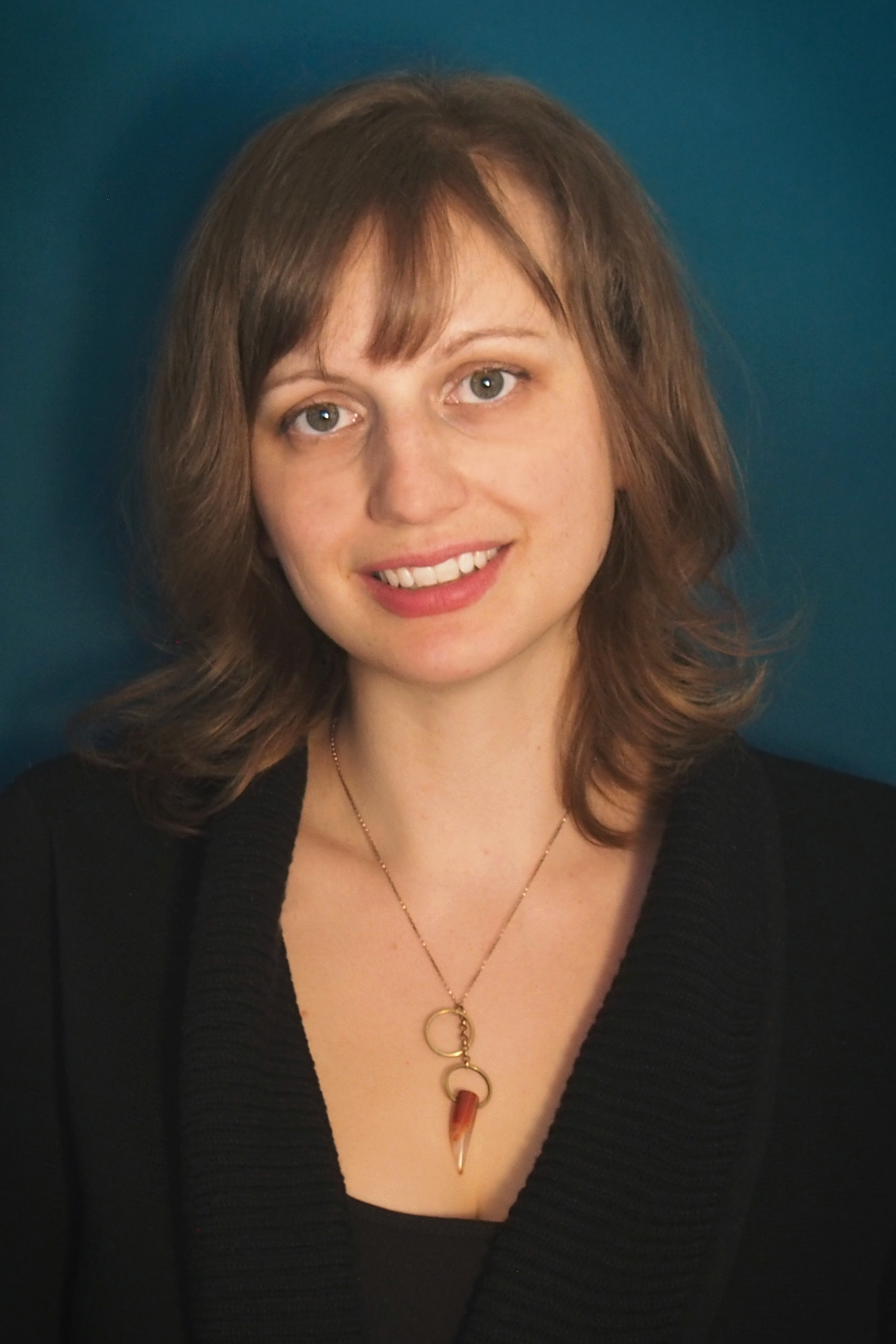
Aramee Diethelm
UNIVERSITY OF NEVADA, RENO
Pollinator survival and water stress: effects of plant chemistry on pollinator-predator interactions

Hannah Levenson
NORTH CAROLINA STATE UNIVERSITY
Quantifying the disease ecology across pollinator communities as a result of planted pollinator plots
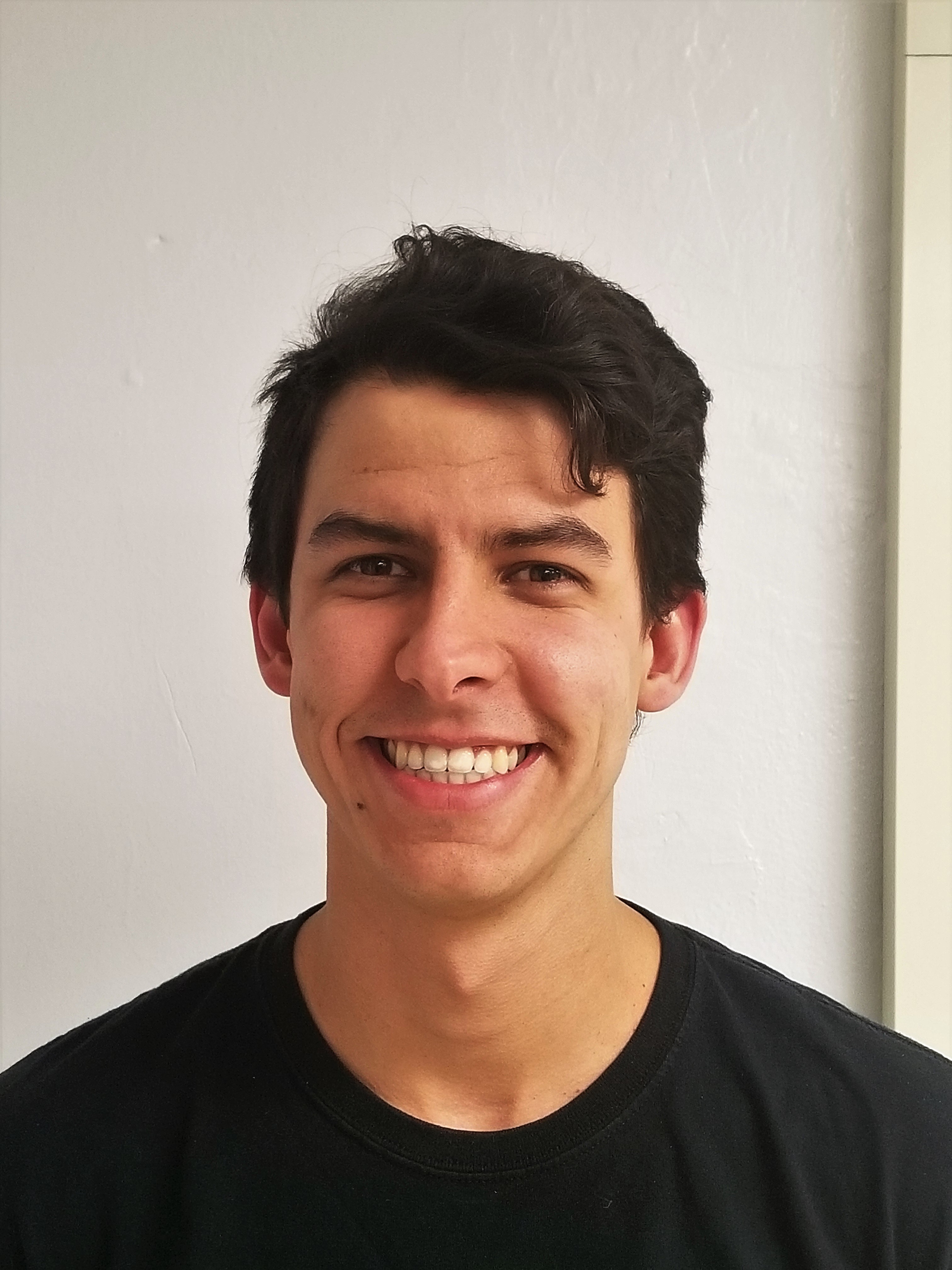
Jacob Pecenka
PURDUE UNIVERSITY
Assessing bumble bee health in Indiana agroecosystems
The Garden Club of America Board of Associates Centennial Pollinator 2018 Fellows
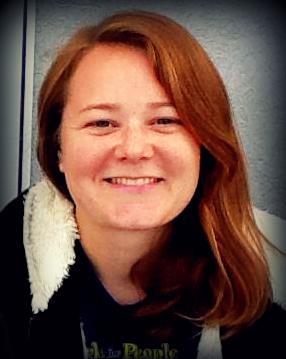
Kristen Birdshire
UNIVERSITY OF COLORADO DENVER
Changes in Wild Bee Diversity and Abundance Along an Urban to Rural Gradient, and the Physiological Characteristics that Influence Their Existence
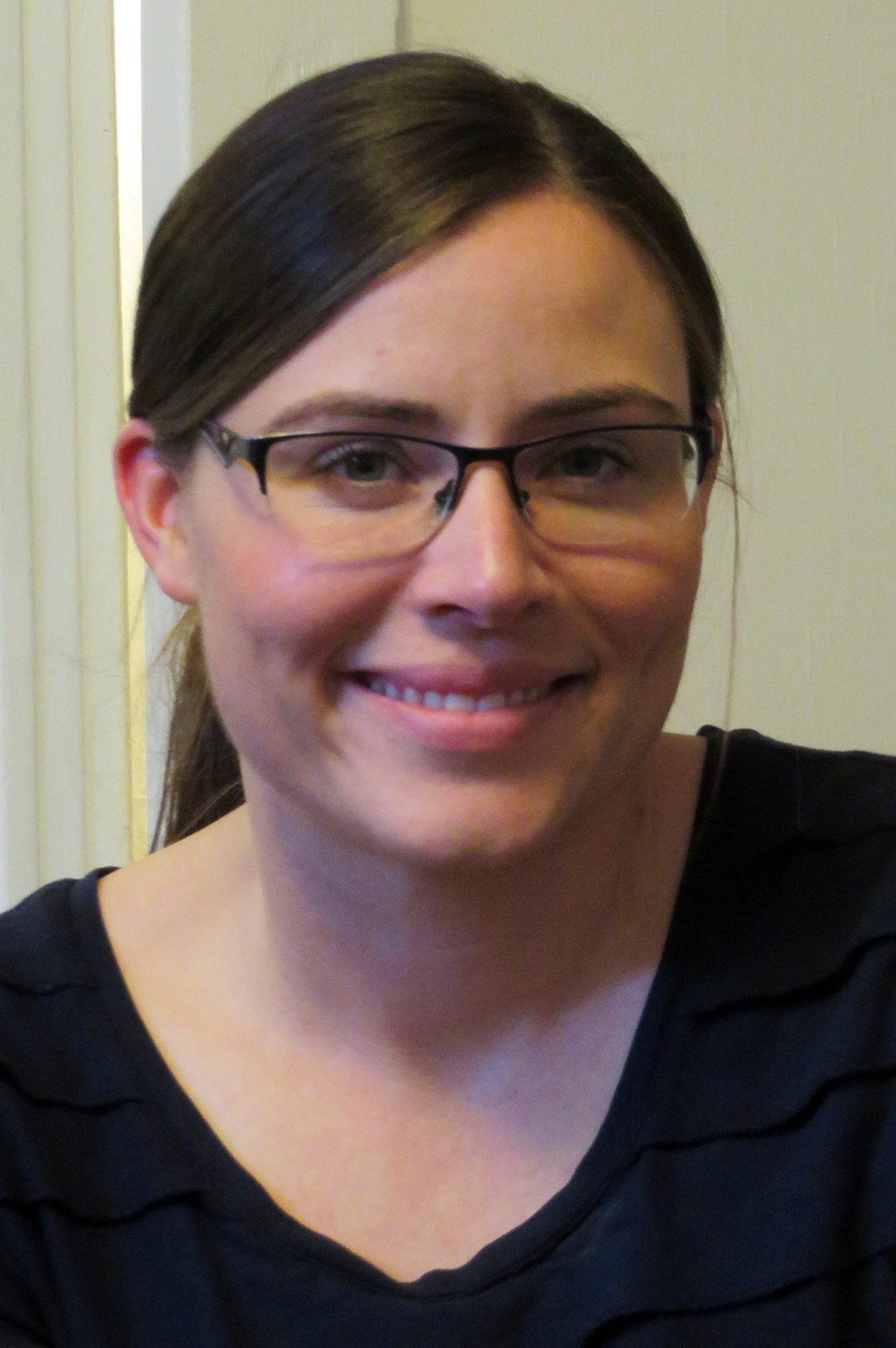
Pamela Blackmore
KANSAS STATE UNIVERSITY
Butterflies, Tall-grass Prairie, and Green Roofs
Kristen M. Lear
UNIVERSITY OF GEORGIA
Assessing and developing critical foraging habitat for an endangered pollinating bat
The Garden Club of America Board of Associates Centennial Pollinator 2017 Fellows
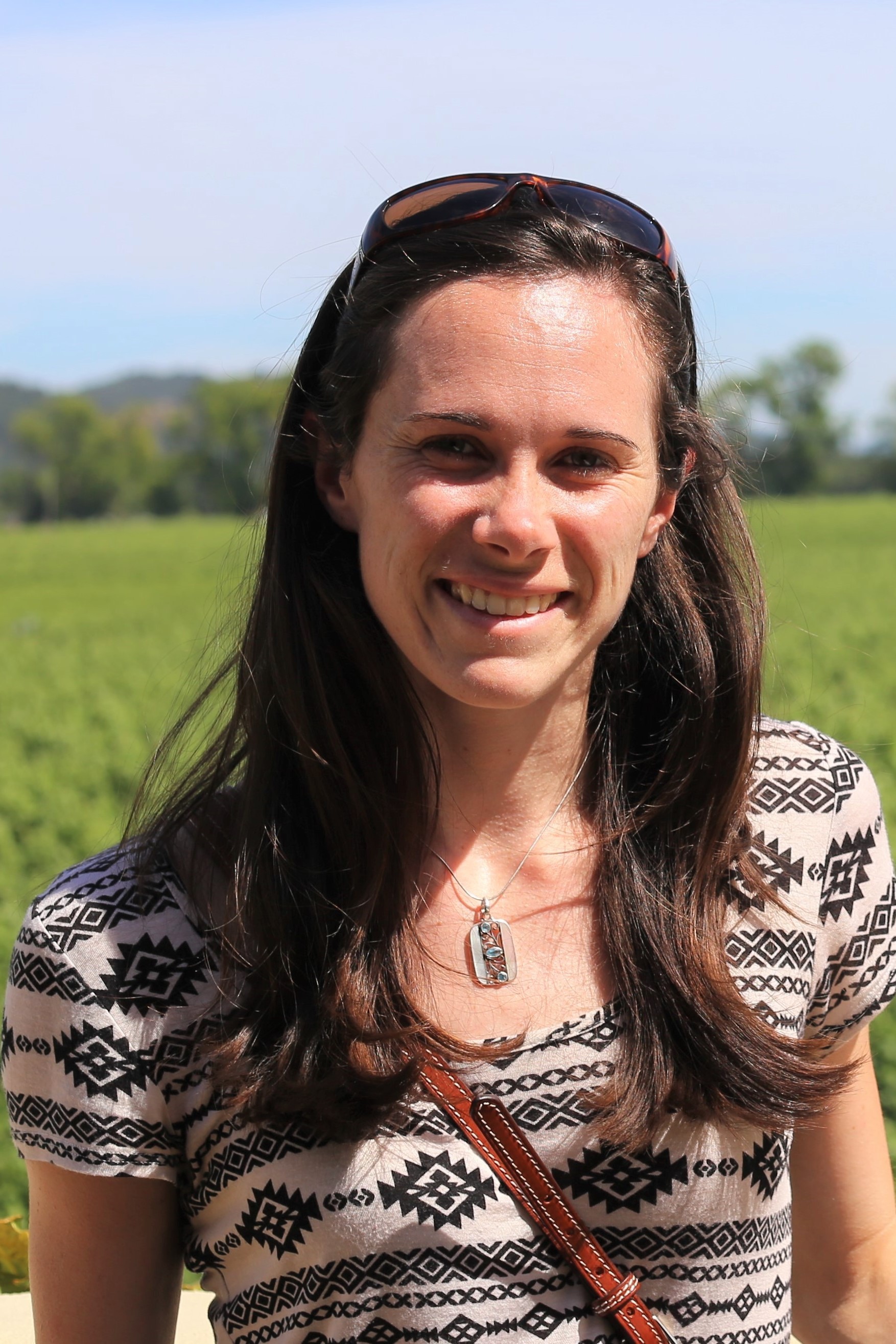
Michelle L. Fearon
UNIVERSITY OF MICHIGAN
Tracking virus strain spillover: Pollinator community interaction networks impact honey bee and native bee virus prevalence and viral loads
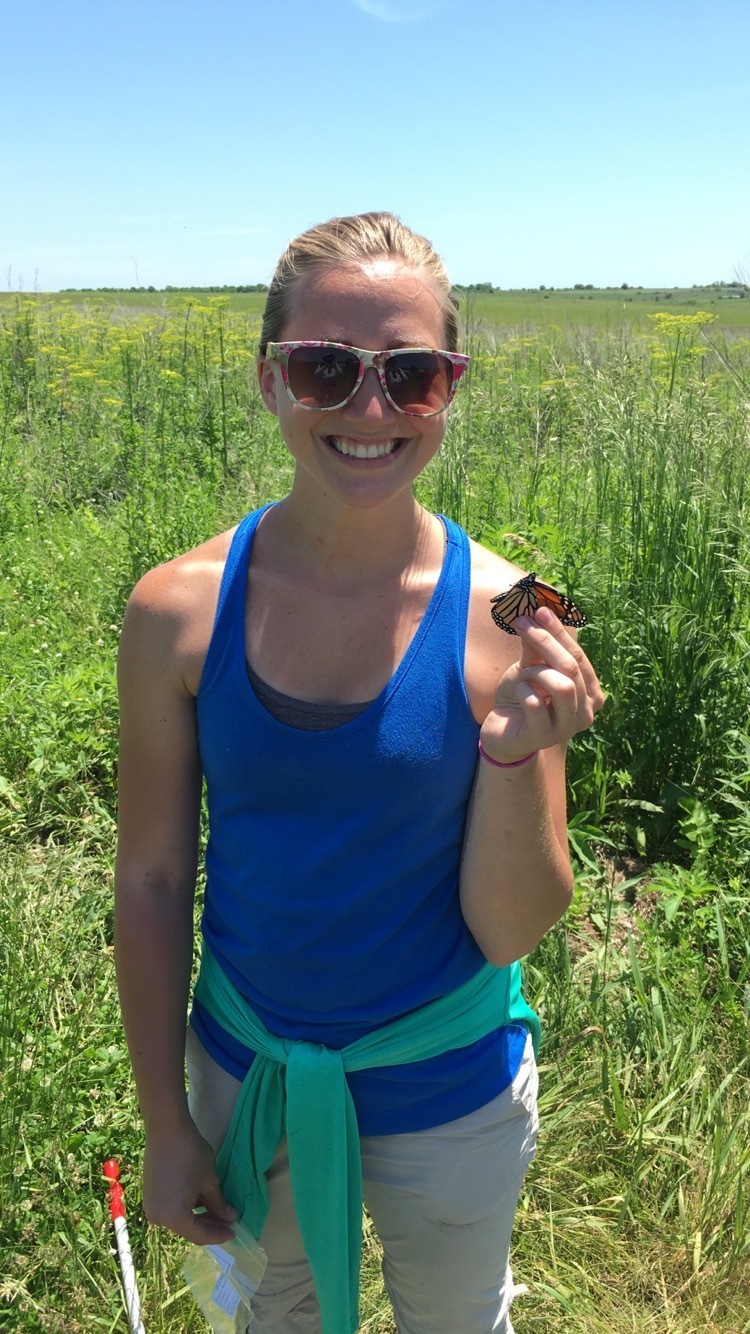
Kelsey E. Fisher
IOWA STATE UNIVERSITY
Tracking Monarch Butterflies Through the Iowa Landscape Utilizing an Automated Radio Telemetry
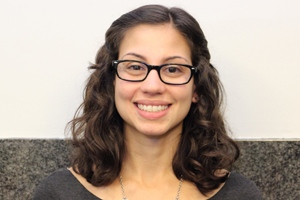
Rachael E. Bonoan
TUFTS UNIVERSITY
The effect of dietary essential amino acids on immunocompetence in immune-challenged honey bees
Jonathan Giacomini
NORTH CAROLINA STATE UNIVERSITY
Can Helianthus Heal Bees? Management of bumble bee parasites with sunflower pollen supplements
The Garden Club of America Board of Associates Centennial Pollinator 2016 Fellows
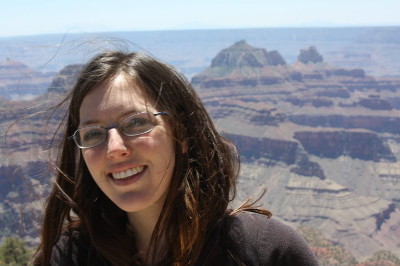
HAMUTAHL COHEN
UNIVERSITY OF CALIFORNIA, SANTA CRUZ
Does landscape and plant diversity impact microbiome variation and pathogen (Osmia lignaria)?

REBECCA DALTON
DUKE UNIVERSITY
Assessing mechanisms of coexistence between two spring ephemerals under a changing climate
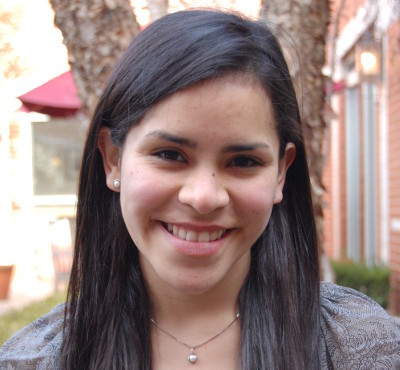
LAURA FIGUEROA
CORNELL UNIVERSITY
Pathogen Transmission in Plant-Pollinator Networks
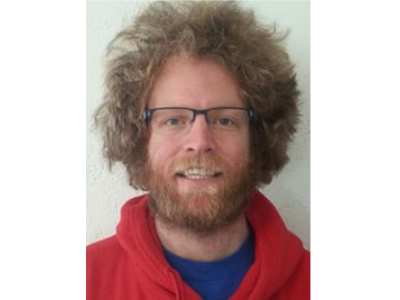
DANNY MINAHAN
UNIVERSITY OF WISCONSIN – MADISON
Effects of Pollen Protein on the Foraging Dynamics of Honey Bees and Bumble Bees: Implications for Ensuring Suitable Forage Through Time
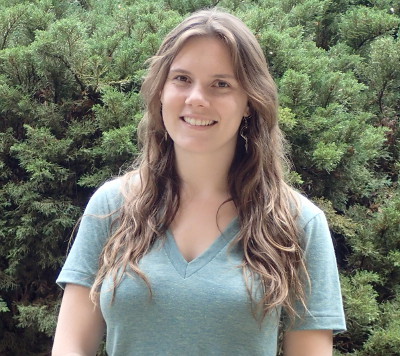
BETH MORRISON
STANFORD UNIVERSITY
Changes in plant-pollinator network structure in the face of agricultural development: Implications for conservation and evolutionary diversity
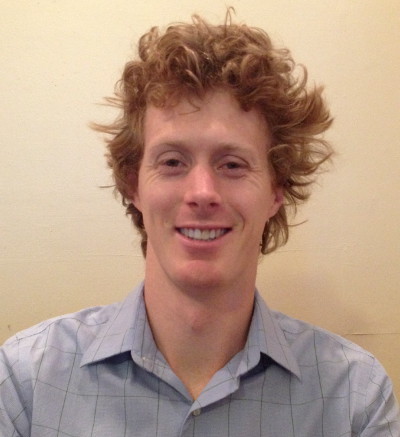
MICHAEL L. SMITH
CORNELL UNIVERSITY
How worker honey bees detect their colony's size
The Garden Club of America Board of Associates Centennial Pollinator 2015 Fellows
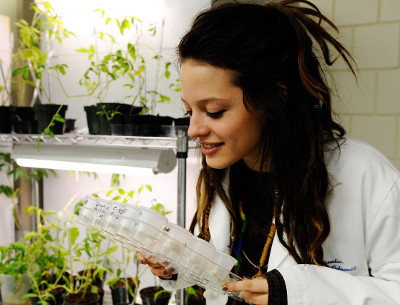
MEGHAN BENNETT
NORTH DAKOTA STATE UNIVERSITY
Determining the roles of significant environmental factors on development and emergence rhythms of the alfalfa leafcutting bee, Megachile rotundata
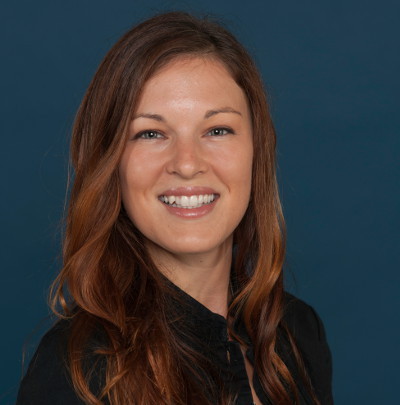
BRITTANY HARRIS
FLORIDA INTERNATIONAL UNIVERSITY
Pesticides and pollination of imperiled plants in the Lower Florida Keys
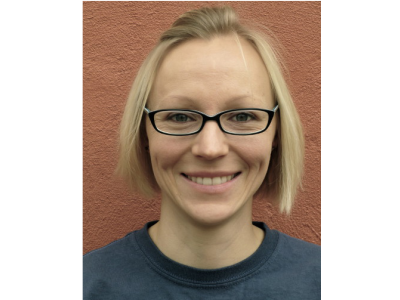
ANIA MAJEWSKA
UNIVERSITY OF GEORGIA
Tropical milkweed (Asclepias curassavica), monarch migration and disease risk
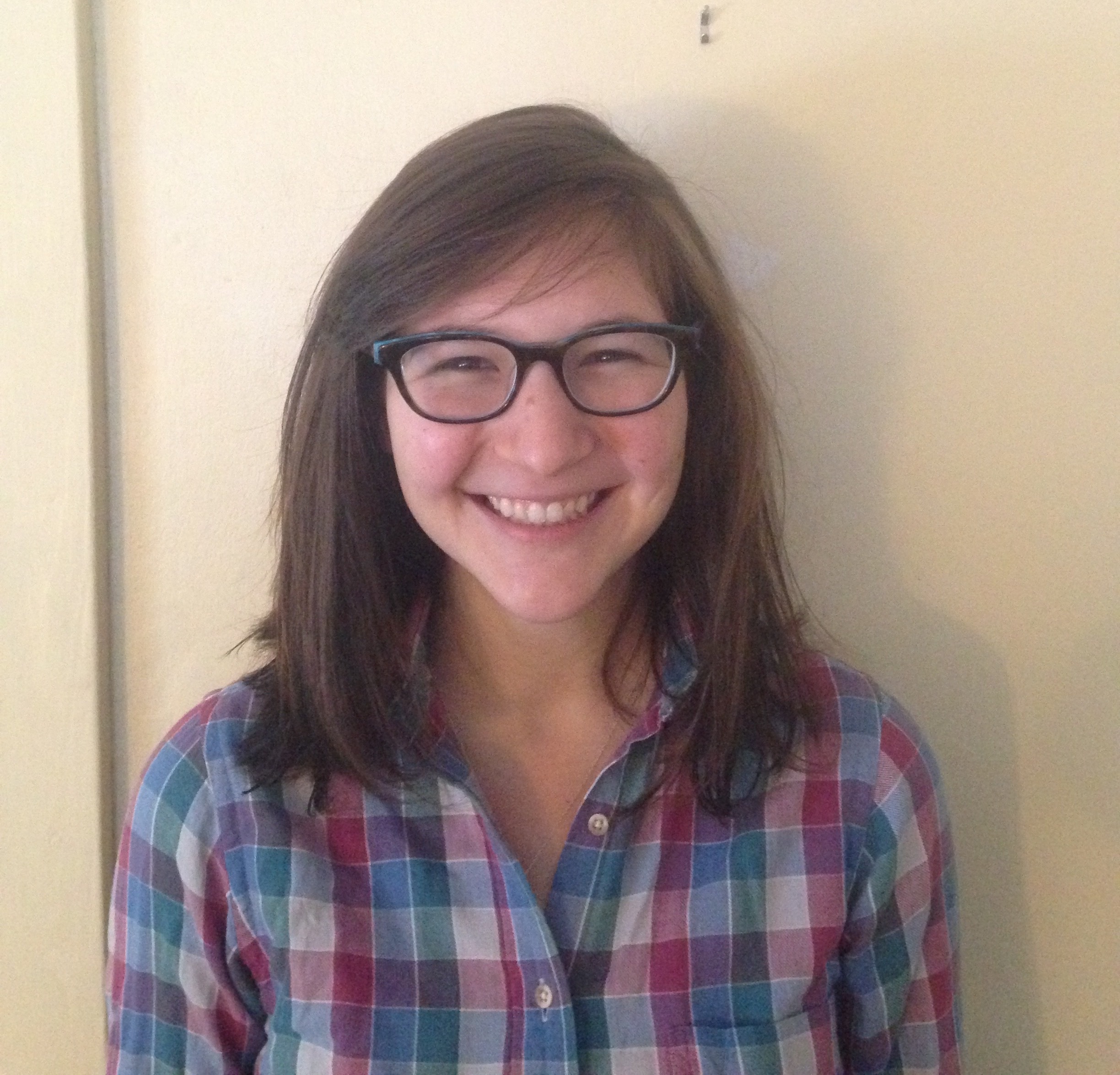
GABRIELLA PARDEE
DARTMOUTH COLLEGE
Climate change and pollination mutualisms: Understanding the consequences of early snowmelt and frost events on plants, pollinators, and their interactions
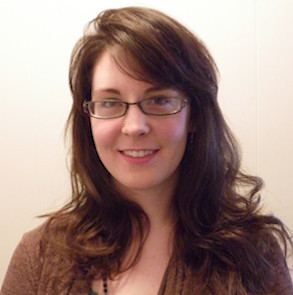
GRACE SAVOY-BURKE
UNIVERSITY OF DELAWARE
Investigating Native Bee Diversity and Genetic Structure in Mid-Atlantic Woodlands
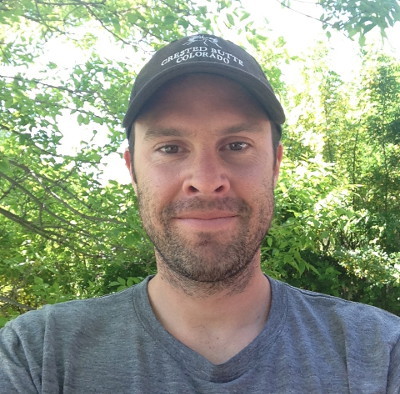
ANTHONY SLOMINSKI
MONTANA STATE UNIVERSITY
The effects of climate-driven shifts in phenology, pollinator body size, and pollinator lifespan on plant-pollinator interactions and plant and pollinator reproductive success
The Garden Club of America Board of Associates Centennial Pollinator 2014 Fellows
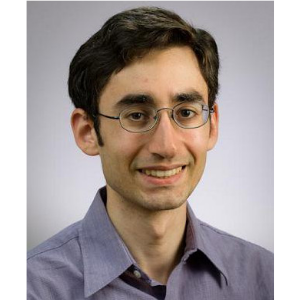
ELLIOT GARDNER
NORTHWESTERN UNIVERSITY
Pollination biology of Artocarpus (Moraceae)
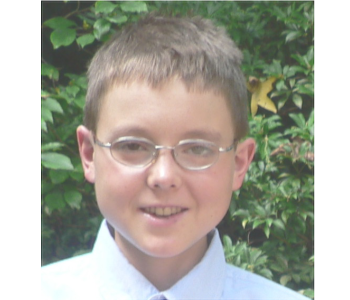
EVAN PALMER-YOUNG
UNIVERSITY OF MASSACHUSETTS AMHERST
Synergistic anti-parasitic effects of nectar compounds in bumblebee diets
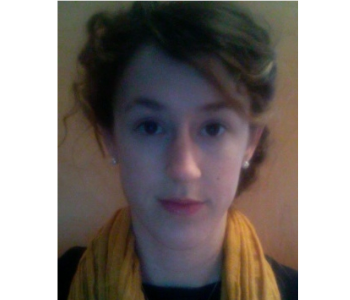
SAMANTHA ALGER
UNIVERSITY OF VERMONT
RNA viruses: prevalence, transmission, and effect on native bumble bees in Vermont
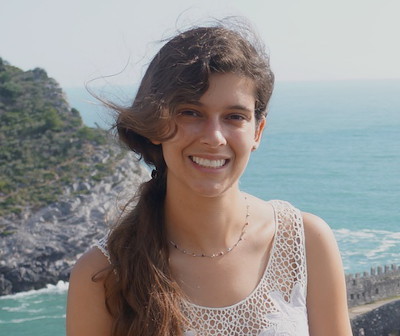
LAUREN PONISIO
UNIVERSITY OF CALIFORNIA, BERKELEY
Fire severity and the assembly of pollinator communities
